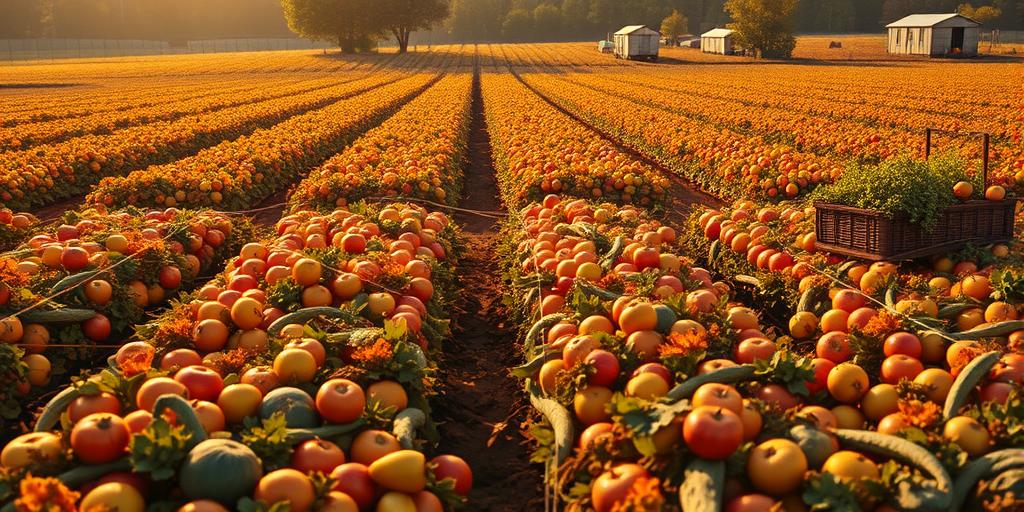Can Blockchain Technology Solve World Hunger? A Deep Dive into Transparent Supply Chains
Is it possible that the revolutionary technology behind cryptocurrencies could hold the key to eradicating world hunger? It sounds like science fiction, but blockchain’s potential to create transparent and efficient supply chains is reshaping the conversation. This isn’t just about Bitcoin; it’s about using blockchain’s inherent security and traceability to revolutionize how we get food from farm to table, potentially ending food insecurity for millions. Let’s explore how blockchain could be the game-changer we’ve been waiting for in the fight against hunger.
Understanding the Problem: Food Waste and Inefficiency
Before we dive into blockchain solutions, let’s acknowledge the scale of the challenge. Around one-third of all food produced for human consumption is wasted globally, according to the United Nations Food and Agriculture Organization (FAO). This staggering figure highlights the massive inefficiency in our current food systems. A significant portion of food loss happens during the supply chain – from harvesting and transportation to storage and distribution. Poor infrastructure, inadequate storage, and a lack of real-time data contribute to this monumental waste. This isn’t just an environmental issue; it’s a humanitarian crisis, directly contributing to global hunger and malnutrition.
The Role of Lack of Transparency
A major obstacle in improving food supply chains is the lack of transparency. Often, there’s little visibility into where food comes from, how it’s handled, and where it ends up. This lack of information makes it difficult to identify inefficiencies and bottlenecks, hindering efforts to reduce waste and improve distribution. This opacity also opens the door to potential fraud and exploitation, impacting both producers and consumers.
Tracking Food from Farm to Fork
The current system often relies on paper-based tracking, making it difficult to track food’s journey accurately. Data entry errors, lost documents, and inconsistent reporting further complicate matters, hindering attempts to create efficient and reliable supply chains. In essence, we’re working with outdated, inefficient systems that fail to cope with the complexity and scale of global food production and distribution.
Blockchain’s Transformative Potential
Blockchain technology offers a potential solution to these challenges. Its decentralized, immutable ledger system can create a transparent and traceable record of food’s journey from the farm to the consumer. Each step of the supply chain – from harvesting and processing to packaging and transportation – can be recorded on the blockchain, providing a complete and verifiable audit trail.
Enhanced Traceability and Security
By recording each transaction on the blockchain, we can improve food traceability significantly. Consumers can scan a product’s unique blockchain ID to trace its origins and verify its quality and safety. This level of transparency increases accountability and builds consumer trust. Simultaneously, the security features of blockchain protect against fraud and counterfeiting, ensuring that food products are authentic and safe.
Streamlining Logistics and Reducing Waste
Blockchain can also help to streamline logistics by optimizing transportation routes, reducing delays, and minimizing spoilage. Real-time tracking of food shipments allows for better coordination and management, reducing the risk of losses along the supply chain. This efficiency directly contributes to reducing food waste and improving overall food security.
Real-World Applications and Case Studies
Several organizations are already exploring the use of blockchain technology to improve food supply chains. These initiatives demonstrate the technology’s potential to create tangible impact in tackling world hunger.
Farm to Table Traceability
Some projects use blockchain to track specific fruits and vegetables from their origin on farms to retail shelves. This allows consumers to see the entire journey of the food they’re buying, fostering trust and transparency. This not only reduces food fraud but also allows consumers to make more informed choices.
Supply Chain Optimization
Other blockchain initiatives focus on improving the efficiency of supply chains by tracking shipments, managing inventory, and reducing delays. This optimization directly leads to less food spoilage and waste, ensuring that more food reaches consumers who need it.
The Future of Blockchain in Food Security
The use of blockchain in addressing world hunger is still in its early stages, but the potential is enormous. As the technology matures and adoption increases, we can expect to see even more innovative applications and impactful results. The possibilities extend far beyond simple traceability; blockchain could transform food banking, disaster relief efforts, and even the way we develop and implement sustainable farming practices.
By creating more efficient and transparent food supply chains, blockchain technology holds the potential to revolutionize our fight against world hunger. It’s a technology that can empower farmers, improve food security, and ultimately create a more equitable and sustainable food system for all.
Call to Action: Are you ready to be part of the solution? Learn more about blockchain initiatives fighting food insecurity and explore how you can contribute to a more sustainable food future!




